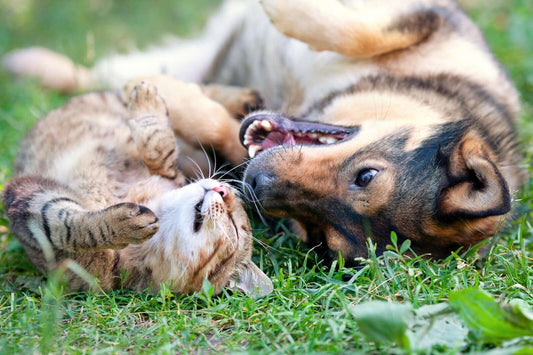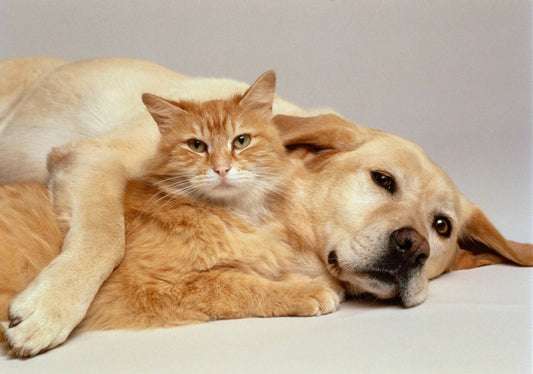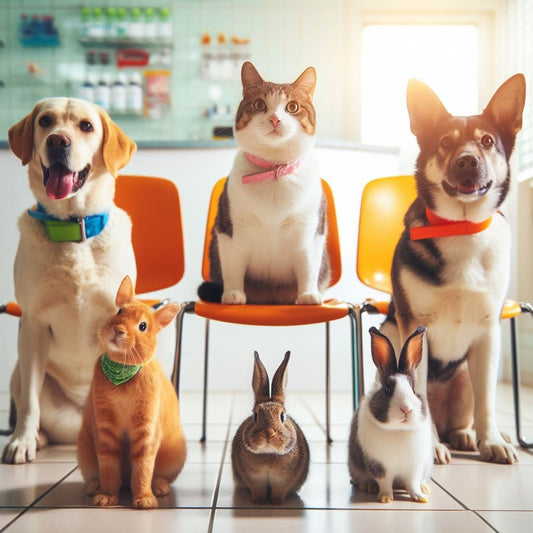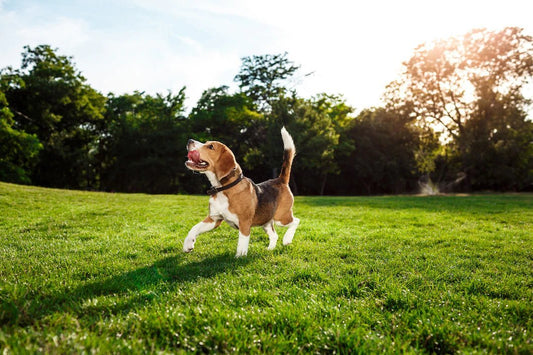Picture this: a brisk morning run with a furry friend, spots dancing in rhythm, stealing looks wherever you go. Meet the Dalmatian – not just a dog but a delightful vision of boundless energy, intelligence, and distinctive elegance.
At A Glance:
Life Expectancy: 11 to 13 years
Size: Medium
Temperament: Intelligent, Energetic, Regal
Coat Colour: White With Black Spots, White With Liver Spots
Best For: Energetic, active pet parents with a large enough space
Characteristic |
Dalmatian |
|---|---|
| Affectionate Level | Lively and joyful |
| Friendliness | Social with both humans and other pets |
| Exercise Needs | High energy, needs about an hour of daily exercise |
| Training | Intelligent, responds well to positive reinforcement |
| Grooming | Low maintenance, requires regular brushing and occasional baths |

History:
The origins of the Dalmatian are as diverse and fascinating as the spots that adorn its coat. Their historical journey weaves through various continents and eras, leaving pawprints in many different landscapes. As a versatile and agile breed, Dalmatians were known for their affinity with horses, particularly as carriage dogs. In England, they assumed the prestigious role of protectors and status symbols, trotting alongside carriages to clear paths and guard stables.
One of the most iconic chapters in Dalmatian history unfolded on the bustling streets of cities where fire engines were once drawn by horses. Dalmatians became indispensable firehouse mascots, running ahead of fire carriages to ensure a clear path.
The Dalmatian's journey across the Atlantic to the United States in the early 20th century saw them continue their role as firehouse companions, particularly with teams of Clydesdale horses. This period coincided with the surge in popularity of Dalmatians, thanks in part to the whimsical world of Disney.
In 1956, Dodie Smith's novel "The Hundred and One Dalmatians" took the world by storm, later inspiring the beloved Disney animated film. This cinematic masterpiece not only elevated the breed to stardom but also, unintentionally, led to a surge in Dalmatian popularity. However, this surge had unintended consequences, as many families, captivated by the on-screen charm, found themselves unprepared for the energy and commitment a Dalmatian requires.
The aftermath of this popularity spike saw a rise in irresponsible breeding and a subsequent increase in abandoned Dalmatians. Rescue organisations emerged to address this issue, emphasising the importance of responsible ownership and the unique needs of this spirited breed.
Today, the Dalmatian stands as more than a fashionable companion or a movie star sidekick. Whether galloping alongside carriages, standing proudly in firehouses, or simply frolicking in family homes, the Dalmatian continues to be a living canvas of history.
Breed Appearance:
Dalmatians are instantly recognisable with their striking black or liver spots against a pristine white coat. Sleek and medium-sized, they boast a slim carriage and an intelligent gaze. These dogs are not just a feast for the eyes; they exude athleticism and grace.
Dalmatian Temperament:
The Dalmatian's temperament is a mix of spirited energy, keen intelligence, and a very affectionate nature. Known for their outgoing personality, Dalmatians thrive on human companionship and often form deep bonds with their families. Their curious minds and playful demeanour make them delightful playmates, especially in active households where their high energy levels find a perfect match. While highly intelligent, it also comes hand in hand with a sensitive nature, emphasising the importance of positive reinforcement in training. Dalmatians are known to be alert and protective, making them effective watchdogs, and their friendly personality extends to getting along well with other pets when introduced and socialised properly.
Caring For A Dalmatian:
Diet & Nutrition:
Fueling the boundless energy of your Dalmatian requires a balanced and nutritious diet tailored to their specific needs. Choose high-quality dog food, which aligns with their age, size, and activity level. They are prone to urinary stones, so do select a diet low in purines and provide regular fresh water to reduce the risk. Proper feeding schedules and monitoring weight are key to maintaining their health. If considering homemade meals, consult your vet to ensure they meet essential nutritional requirements. Treats should be given in moderation during training to avoid excess weight gain. Your veterinarian can guide you in establishing a diet plan that keeps your Dalmatian fit, healthy, and ready for every adventure.
Training:
Training a Dalmatian is a whole lot of fun with this intelligent and eager-to-learn breed. Begin early with consistent and positive reinforcement, using treats, praise, and interactive play to reinforce good behaviour. Due to their protective instincts, early socialisation is important to ensure they become well-adjusted adults. Dalmatians thrive on mental stimulation, so plan out a variety of activities to keep them engaged. Obedience training can be really effective, given their sharp minds and willingness to please. Patience and a gentle approach go a long way in creating a strong, happy bond with your Dalmatian.
Health:
While Dalmatians are generally robust, understanding their specific health considerations enhances their overall well-being. Regular veterinary check-ups are, as always, important, allowing early detection of potential issues. Keep an eye on their ears for signs of infection, maintain oral hygiene through regular brushing, and trim their nails to ensure comfort. A carefully curated diet can help in preventing bladder stones. Be vigilant for any signs of deafness, a condition that can affect a portion of the Dalmatian population. Through a combination of preventive care, a nutritious diet, and regular veterinary consultations, you can raise a happy, healthy Dalmatian!
Grooming & Maintenance:
Grooming a Dalmatian is pretty straightforward. Their short, dense coat sheds moderately, requiring a weekly brushing to remove loose hair and maintain a healthy sheen. This breed's coat has a natural ability to repel dirt, making them relatively low-maintenance in the cleanliness department. Bathing is needed occasionally, and nails should be trimmed regularly. The ears, prone to wax buildup, benefit from routine checks and gentle cleaning. Dental care is essential, with regular brushing recommended to keep their teeth and gums in optimal condition.
FAQs:
Are Dalmatians good with kids?
Absolutely! Dalmatians are known for their playful and affectionate nature, making them excellent companions for families with children (as a bonus, they don't have immediate tendencies to bite or bark much).
Their high energy would be a perfect match with enthusiastic kids!
Are Dalmatians aggressive dogs?
Contrary to common misconceptions, Dalmatians are not inherently aggressive. Like any breed, their behaviour is heavily influenced by socialisation, training, and early experiences. With proper care, positive reinforcement, and early socialisation, Dalmatians can be friendly, well-behaved, and loyal family members.
Are Dalmatians very difficult to maintain and care for?
While Dalmatians do have specific needs, they are not overly difficult to maintain with the right approach. Regular exercise, mental stimulation, and consistent training are what's needed for a happy and well-adjusted Dalmatian. Attention to their dietary requirements, grooming needs, and preventive healthcare measures would be helpful in providing them with a long life.










